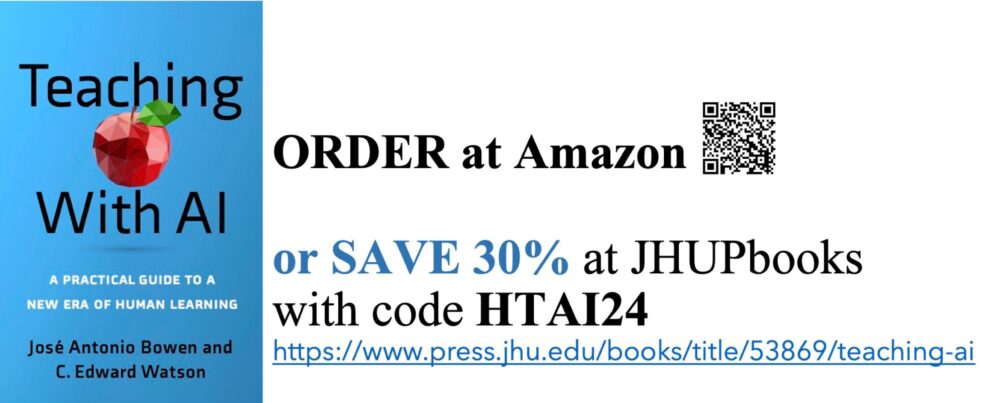Cognitive wrappers are a very short survey (online or a single sheet of paper) given to students with paper, assignment or exam feedback (but with no grade!) They consist of four parts:
- Rationale: This is only to help you improve.
- Reflection: How did you prepare for this exam?
- Comparison: What kinds of mistakes did you make?
- Adjustment: How will you prepare differently next time?
Cognitive Wrappers provide even better reflection and scaffolding when paired with a planning exercise: learn about the STUDY SMARTER TEMPLATE here. Here is the master: TN Cognitive Wrappers TEMPLATE (download)
Wrappers work best when they are discipline specific (and especially when they are used simultaneously in different contexts in different classes). How is studying for an art history exam different than practicing for a lesson or doing calculus homework? Students need both to understand that (a) self-regulation is a part of improving each of these activities and (b) the adjustments will be different for each type of learning.
Here are more templates (that still need to be shortened and personalized for your courses):
TN-Cognitive-Wrapper-for writing (download)
Bowen Cognitive Wrapper for Discussion (download)
Here is a link to more (especially STEM) wrappers specifically for tests and called Exam Wrappers.
Here is a handout TN Cognitive Wrappers HANDOUT TN Cognitive Wrappers HANDOUTwith more information on the research and how to use Cognitive Wrappers. You can also find much more in Chapter 8: Critical Thinking, Metacognition, and Cognitive Wrappers of Teaching Naked Techniques.
Wrappers should be brief, easy, flexible and specific to both the discipline and the specific task at hand. The idea is to help students understand that they need to understand their strengths and weakness, assess their own performance, identify strategies that work for them and make adjustments. This self-regulation is important for its own sake, as a performance enhancer, but also as a key element of critical thinking.
Research behind Cognitive Wrappers
Our knowledge of intelligence, learning, the brain has exploded in the last 30 years. One of the most important discoveries is that metacognition or “thinking about your thinking” can improve learning: students with math anxiety who write about it before the exam, perform better than those who just take the exam. Metacognition and reflection can be used to improve study habits and exam performance, but they are essential if we are to create critical thinkers.
From Socrates “self-examination” to William James’ “introspective observation” and Jean Piaget’s “directed thought” self-regulation is the foundation of critical thinking. In How We Think (1910), John Dewey describes it as “Active, persistent and careful consideration of any belief or supposed form of knowledge in light of the grounds that support it, and the further considerations to which it tends.” (p. 6) For Dewey, our job is to find problems and “forked-road situations.” The critical thinker will be able “to maintain the state of doubt and to carry on systematic and protracted inquiry.” (p. 13). This “tolerance for ambiguity” is highly desired by employers and the ability to hold two opposing ideas at once without making up your mind would make an excellent graduation requirement.
Self-regulation, however, begins with self-awareness, noticing and active-monitoring. The Illinois Initiative on Transparency in Learning and Teaching has demonstrated that discussing the rational of assignments, connecting “how people learn” data with activities and debriefing grades, tests and assignments in class, significantly improve student learning, increase retention and are especially beneficial to under-represented groups, transfer students and non-traditional students. Learning or cognitive wrappers, provide a quick and easy way to improve student learning, connect learning and thinking habits across disciplines
Note that metacognition is a complex set of skills including self-awareness (knowing your strengths and weaknesses), understanding learning goals, planning an approach to learning, monitoring, evaluating performance, reflecting and adjusting. Metacognition (like critical thinking) is often discipline specific and is best learned with subject content: generic study skills courses have not proven effective. Repeated exposure to transparently announced and labeled critical thinking in different contexts, however, greatly helps students to create more transferrable thinking skills. This is an excerpt from Chapter 8 in Teaching Naked Techniques.
References
John Dewey (1910), How We Think, Boston: Heath.
Marsha C. Lovett, (2013), “Make exams worth more than grades: Using exam wrappers to promote metacognition” in Using reflection and metacognition to improve student learning, Kaplan, m, Silver, N, Lavaque-Manty, D., Meizlish, D., ed. San Francisco: Sterling, VA: Stylus. www.learningwrappers.org
Mary-Ann Winkelmes (2013), “Transparency in teaching: Faculty share data and improve students’ learning” Liberal Education 99/2 (Spring 2013), 48-55. See also Illinois Initiative on Transparency in Learning and Teaching, for http://go.illinois.edu/transparentmethods
